Everybody makes mistakes.
(Even me.)
At the moment, I’m recalling the time I got snookered by a politician.
Genuinely hoodwinked.
Tricked out of my underpants.
The year was 2004, and I was living in Greenpoint, Brooklyn. As hard as it may be for some people to believe in 2018, liberal Americans hated George W. Bush, and his neocon cronies, about as much as the Millennials hate Trump.
He’d started two wars, including one based upon faulty evidence against a country that had NOTHING TO DO WITH 9/11, and oh yeah he also babysat the splintering of the global economy.
W. may have been affable to Trump’s nuclear-rage, but Democrats really wanted him out of office.
And John Kerry, the presumptive nominee, was a sure-loser, I felt. Yes, I voted for him eventually in the general election, but once the video was out of him wind-surfing in Oakley sunglasses, and he just wanted it SO BADLY, I knew he would fall to W.’s regular-guy-appeal.
So in the primary, even though deep down I knew he was too good to be true, I voted for John Edwards.
This was before people knew about the $350 haircuts, and oh yeah that he was cheating on his cancer-ridden, feminist wife, and oh that’s right, he fathered a baby with his side-piece.
It was before that.
Still, it was a horrible decision in retrospect, as I saw the slick veneer, and suspected it was only that, but given that Kerry was so uninspiring, I threw my vote in a riskier direction.
The one thing I liked about Edwards was he kept talking about Two Americas. Rich and poor. The land with opportunities, compared to the one without.
Sure, it’s hokey, and like I said, I’m embarrassed I voted for the guy.
But it’s certainly true today, and helps explain the enormous political divide in the US.
I’ve written about it in pieces, of late, but today I wanted to directly address the urban vs rural schism in America, and how it’s likely to get worse, not better.
Cities, as we all know, are almost always liberal. As one who’s lived in 3 big ones, (ABQ, San Francisco and Brooklyn,) I can attest to the power of mixing people together.
Food, culture, and proximity provoke an inherently mind-opening experience. Open-minded people are more free-thinking, or less fixed in their world views, and tend to vote Democratic.
Even in places as Red as Texas and Oklahoma, cities vote Blue.
I’m also something of an anomaly, as I live in one of the few rural, mountain communities that’s liberal, (much less deep blue,) as Northern New Mexico is.
In Red America, from Nebraska down to Mississippi, most people live in an Evangelical, white, agricultural culture in which farming, ranching, and growing things is a part of daily life.
Killing a chicken with your bare hands or fixing a pick-up truck with your buddy, for rural folks from Alabama to South Dakota, would seem as normal as drinking beer and eating beef.
Remember how vociferously Brett Kavanaugh yelled that he likes beer? It’s because that was code that even though he’s a rich kid who went to fancy private schools, he’s actually a regular-guy-rich kid, like Trump. (And W. before him.)
Not an effete-wine-drinking-snob like Barack Obama.
If you live in a hip part of Atlanta, your local coffee shop will be more similar to one in Oakland or Boulder than it will be to any establishment 150 miles outside the city.
That is the real two Americas.
Lifestyles, cultures, religions and demographics that are so different as to be unrecognizable to the other side.
As an optimistic pragmatist, (as I described myself at a recent lecture at UNM in ABQ,) I’d like to think that as America has knit her wounds before, we may again.
And living a hybridized experience, locally being surrounded by liberal ranchers, and then traveling each year to America’s best cities, I guess I understand connections between both Americas better than most.
It’s great, though, to be able to present a vision of one America to the other, and have it be a positive experience.
One dripping with respect and appreciation.
A vision, perhaps, that helps us view the past as it exists in the present. And today, we’ll see this homage to Red America in “True Places,” a book by Jack Carnell, recently published by Fall Line Press in Atlanta.
These days, I see books from all sorts of demographics, and basically show books in a 50/50 ratio between men and women. (Have you noticed?)
It means that over the course of a year, I’ll show books by 20-somethings, 70-somethings, and everything in between. (No lie.) From hipster ‘zines in Germany to staid historical compendiums by famous museums.
When I got a few pages into this book, though, I had the strong suspicion that the photographer had been around a while. That he was in his 60’s or 70’s.
Given the subject matter, (of the South,) and how many projects you see coming out of the Hartford MFA program that look like everyone wants to be Alec Soth-mixed-with-Eggleston, it could easily have been made by a younger artist.
(And not until the book’s end notes did I get confirmation, as Jack Carnell got an MFA in 1976.)
After the first picture, (which seemed way too generic,) and the second, (which was a bit boring,) this book really took off. Frankly, other than just a few street-scene pictures that seemed obvious, I thought the rest were both haunting and cool, which is a hard mix to pull off.
The compression of space makes the photographs personal, and maybe having been around a while helps him zero in on moments that are trapped in time, and likely won’t be around forever, like an old stationary store that’s hanging on against Walmart, selling one yellow highlighter at a time, but you know once the old lady retires there’s no way her son is taking over, and it will be gone for sure within two years.
This whole book feels like that imaginary anecdote.
It’s like an elegy to every hardware store that struggles and lingers, or every BBQ joint where the pit-master wakes up at 4am to tend the whole roast pig.
I think there’s a warmth to the light and the color palette, overall, that suggests the warmth of feeling for these dying, forgotten, or at least under-appreciated places.
The $2 shave.
Forgotten books on the staircase of the local store.
A Dentist’s office where you KNOW the toys are from 1989.
Even when the color palette shifts cool, the pictures still resonate with humanism.
The honest truth is, there are people living in rural areas that are cool as hell. They work the land because that’s the family culture they know.
They hunt or fish or four-wheeler because they’re surrounded by nature, and there’s not that much to do unless you’re active.
And Red America is far-from-exclusively-white, so there are rural Latinos and African-Americans living differently from their urban counterparts as well.
A few weeks ago, I wrote a little screed promoting understanding between these two Americas. This book is a love-letter from an MFA/art-professor/Guggenheim-fellow artist, (by definition a member of the elite,) to another America, and I think it’s an inspiration for all of us heading into 2019.
Bottom Line: Beautiful, hauntingly charming look at the forgotten South
To purchase “True Places,” click here
If you’d like to submit a book for potential review, please email me at jonathanblaustein@gmail.com. We currently have a several month backlog, and are particularly interested in submissions from female photographers so we may maintain a balanced program.

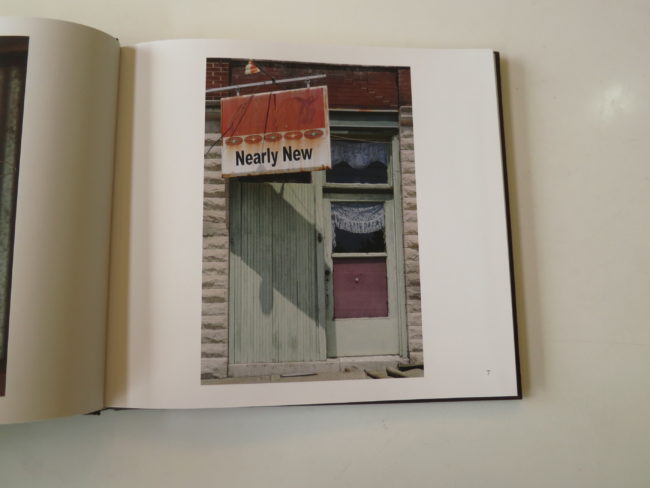
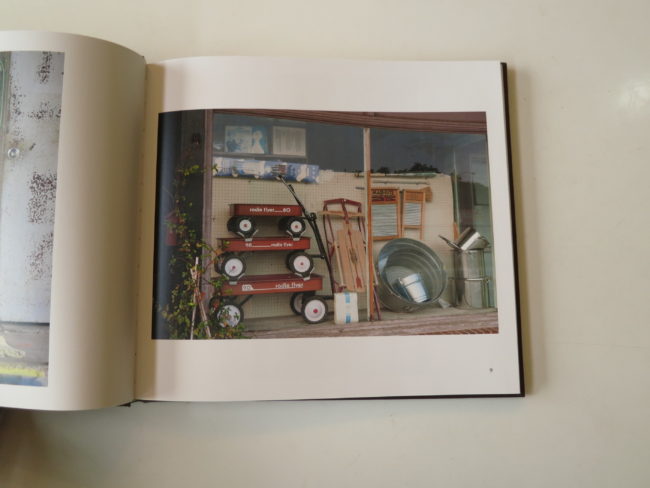
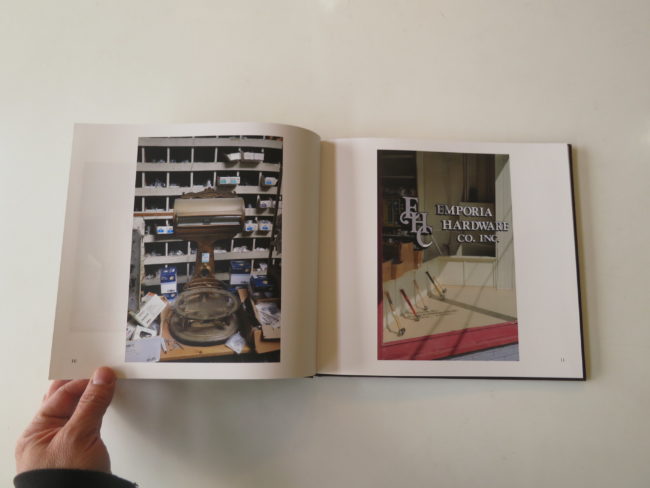
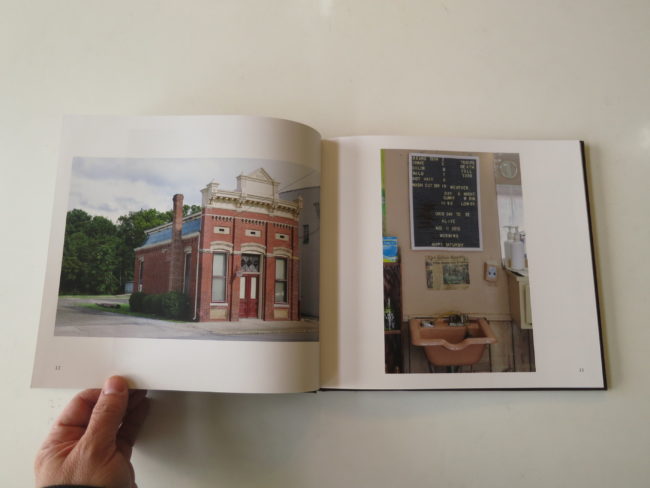
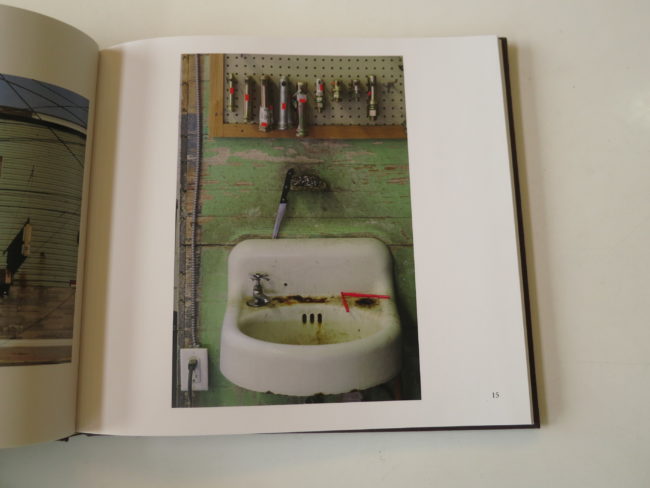
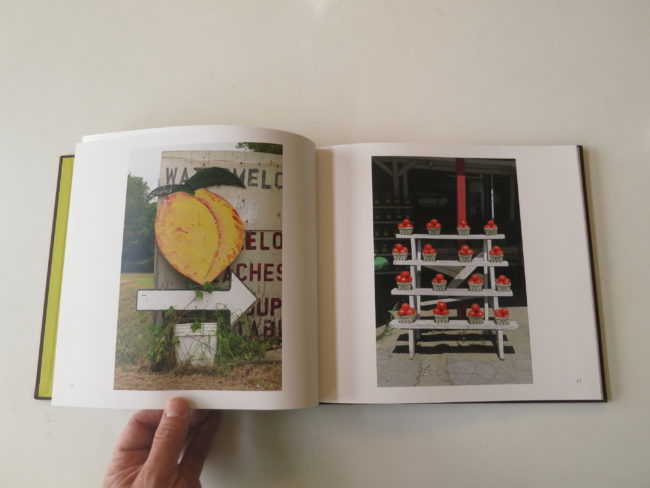
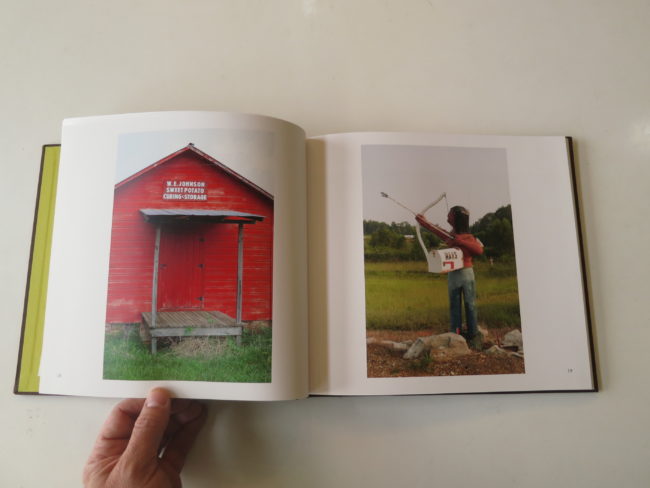
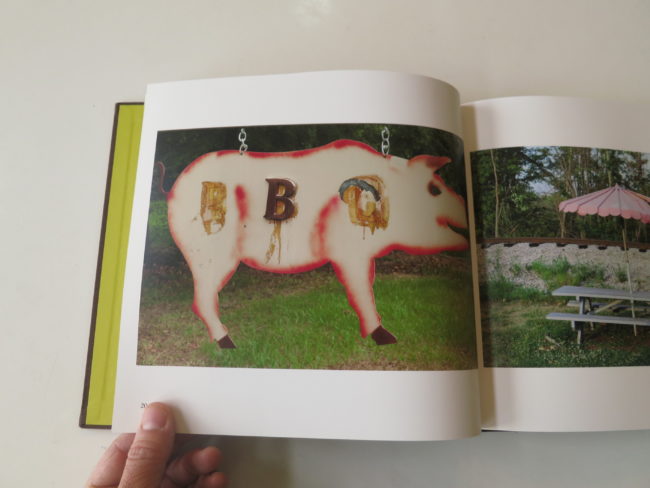
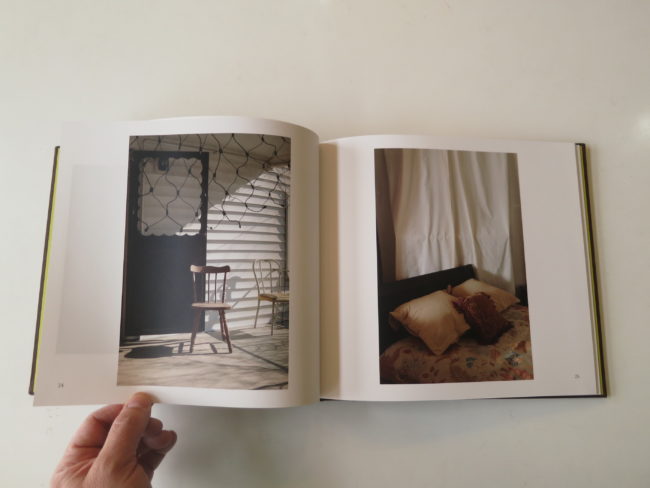
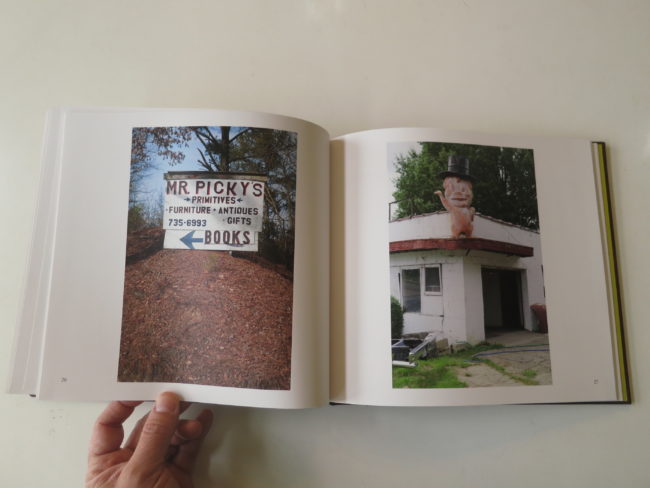
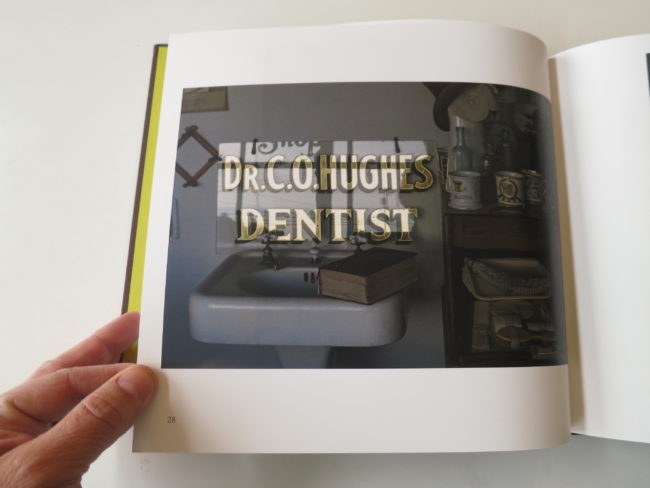

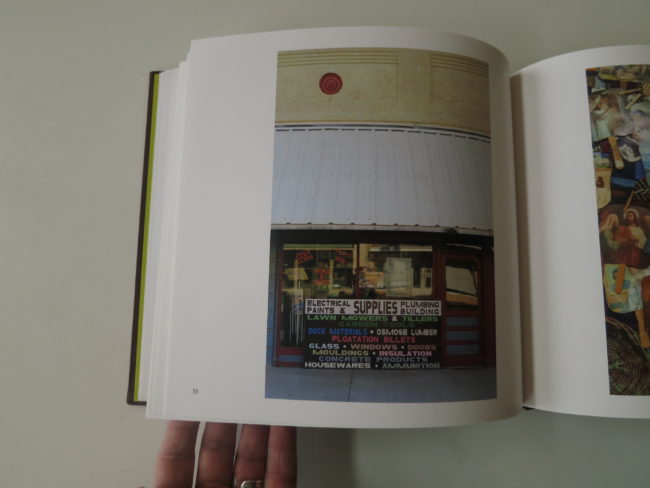

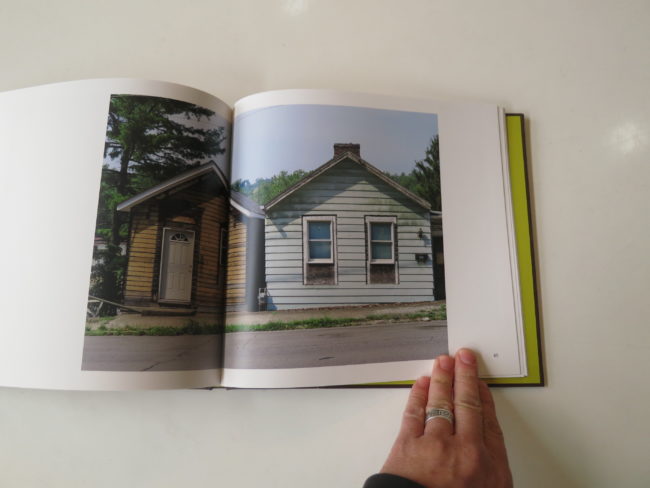

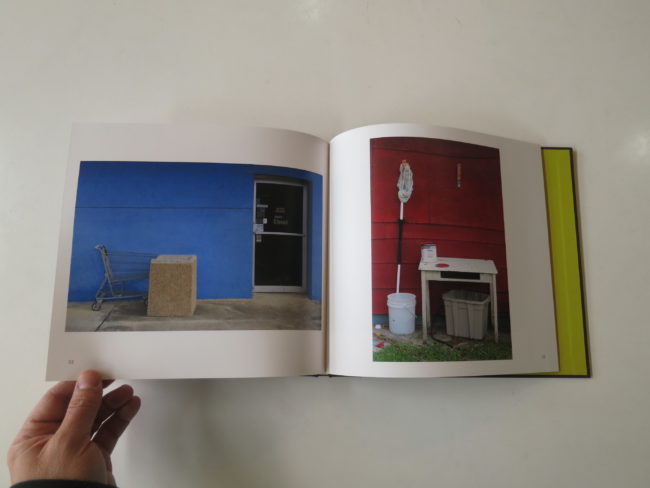

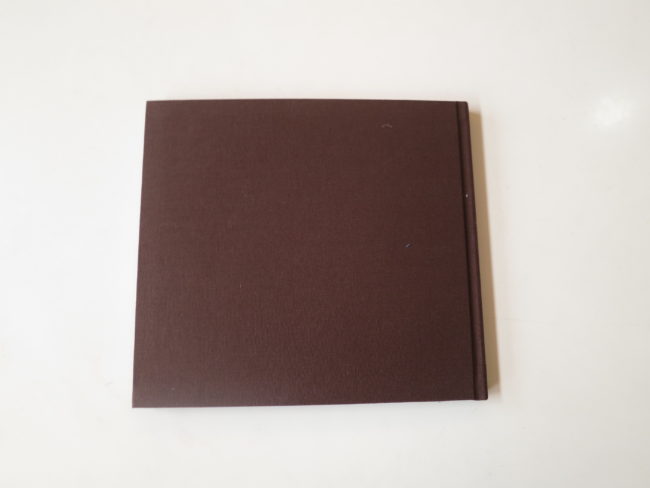
1 Comment
Your point is well taken…..you know and if only they knew.
Comments are closed for this article!